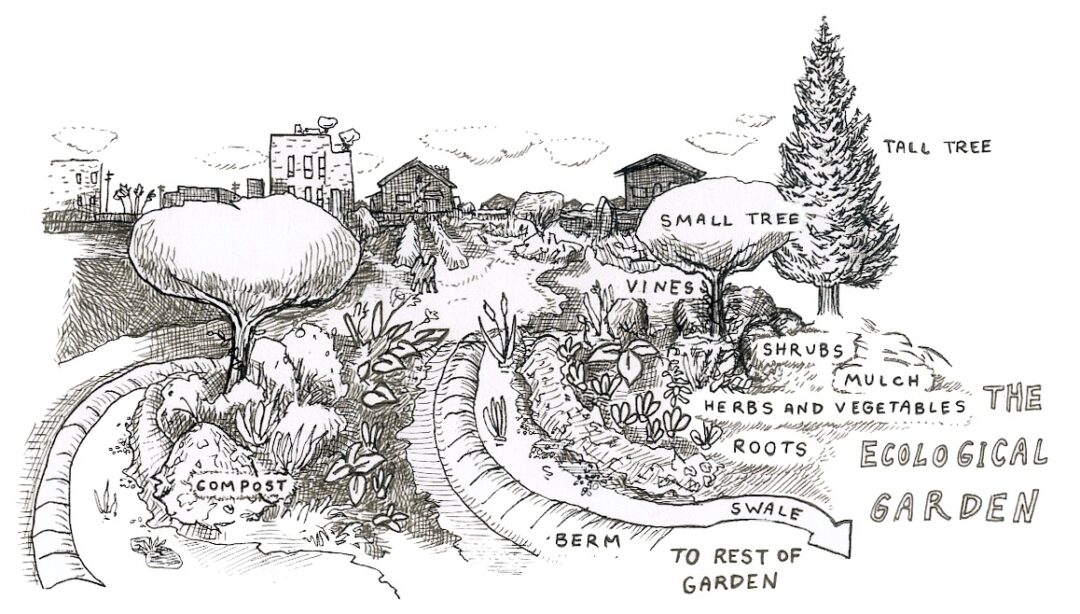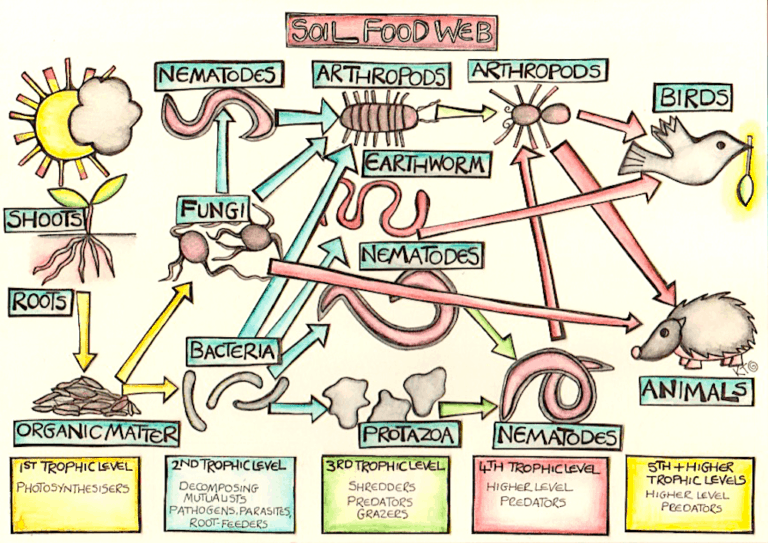
My goal with these projects is to give people access to the resources I wish had been available when I first started to learn permaculture about this stuff, way back in the 1990’s. We didn’t have much in the way of internet then, and Facebook hadn’t even been invented yet. So we used the library and good old fashioned hands-on trial and error to figure stuff out.
If humanity has a snowball’s chance at survival in the coming climate cataclysm, it will be permaculture tools and techniques that get us out of this mess. But we need to get on it, NOW, and it pains me to see finances preventing people from experiencing the joy and fascination that comes with learning permaculture. So I’m doing something about it.
Here you’ll find suggestions for learning permaculture for free, and also for finding ways to fund your permaculture education. I only make suggestions based on what I, myself have done and continue to do.
But before you read any more of this article, go and enroll yourself in this course.

How to learn permaculture for free
1. Enroll in the #freepermaculture program.
Designed specifically for folks who don’t have a lot of time or money, this course will give you one bite-sized class per week for a full year, taking you step-by-step through a permaculture design process, focused on your own home, garden, and community.
Click here to see a list of all the online permaculture courses I offer.
2. Read Books about Permaculture.
I know, this is so obvious. And you already know there are a bunch of amazing permaculture books that you can get at the library. But did you know you can download a ton of excellent reading material, including some full-text PDFs of the best books about permaculture? Ok maybe you know that too. But where do you start? It’s overwhelming.
To help cut out the noise, I’ve selected a handful of super-value texts to get you started.
- I’m now offering the entire text of my book, Food Not Lawns, for free.
- Vegan permaculture genius Graham Burnett offers a beginner’s guide that is excellent
- This info-packed resource book for Permaculture includes excerpts from a few different texts.
- Permaculture Publications has an online store full of freebies.
- And here’s our list of Best Permaculture Books Written by Women
- For a comprehensive collection of permaculture-focused blog sites, check out this list.

3. Form a Permaculture study group.
Food Not Lawns was born out of the “Sustainable Horticulture” study group we had going at our house in Eugene. We met up every week and discussed texts — like a book club, but with more dirt! We often had our meetings in somebody’s garden, where we could discuss ideas while pulling weeds. Stacking functions! Now that we have the internet, there are so many excellent study groups online. Again, it’s overwhelming, and some of the Facebook permaculture groups aren’t really that helpful. (In fact, as bizarre as it seems, several of the largest Facebook permaculture groups are run by internet trolls, unfortunately! So be careful!)
Here are the forums I created and moderate.
4. Find a local mentor.
If there is someone in your community whose work you admire, approach them and volunteer to help. We can learn so much from help each other, and through respecting and seeking out the wisdom of our elders.
And, if you are are a wise elder, consider looking for an young’un to pass your skills on to.
Maybe you know a lot about something besides permaculture, but you want to learn permaculture? How about setting up a skillshare with somebody?
Most of the permaculture teachers I know LOVE doing exchanges like this. If you can’t think of anyone in your own area, start hanging out at the farmer’s market. Or, check out our faculty and see if one of those folks inspires you to reach out.

5. Trial and error.
This one is obvious too, but it cannot be overstated. You can take a dozen expensive design courses and still have no idea what you’re talking about. You have to get out there and start designing! Beyond designing, it’s important that you get dirty and do some serious implementation. Only through years of hard-won experiential knowledge will you ever truly master the fine art and science of permaculture design.
The good news is, implementing permaculture design projects is pretty much the funnest thing ever! This publication you’re reading right now, Permaculture Women Magazine, is packed full of hands-on ideas to help you find new ways to get your hands dirty with permaculture. Type any keyword into the search box and see what you find!

6. Raise funds in your community to do a Permaculture Design Certification Course together.
Ok, I know this whole article is supposed to be about learning permaculture without having to attend an expensive design course. And I’m a very critical, skeptical person myself. But I have to say, a good permaculture design course, taught by knowledgeable people who have taken the time to learn not just how to do permaculture but also how to teach it…well it can completely change your life.
And there are ways to pay for it. I’ve known tons of students who did a gofundme with friends and family to come up with tuition money, offering the reward of teaching free workshops to funders afterwards.
Others, like myself, leveraged existing community projects to get funding from the local municipality. Back in 2001, after two years of being super visible and growing gorgeous gardens all over the neighborhood, Food Not Lawns got a grant from the City of Eugene to pay Jude Hobbs and Toby Hemenway to do a 72-hour certification course for myself and twenty neighbors. It was awesome!
Most cities have little bits of funding for stuff like this, and if you frame it right, you can raise money to hire top-quality teachers and still be able to offer training for free to yourself and your friends.
What I am saying is: think outside the box. You’re a designer now, you can do this.
Meawhile, enroll in this free course–you’ll be amazed at how intensive it is!




